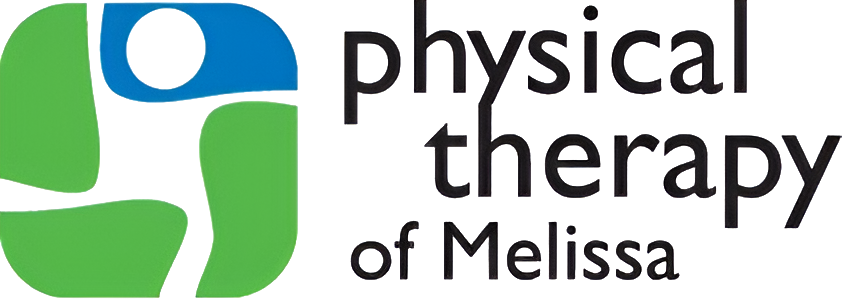
Think prevention during Stroke Awareness Month
While we start what’s been known since 1989 as National Stroke Awareness Month (May), physical therapists are eager to point out that stroke is a medical emergency that’s highly preventable, and that movement and exercise are keys to such prevention.
As is true with so many conditions and ailments, getting out and living an active life can go a long way toward preventing stroke, which touches so many people across the country. In fact, so many of the consequences of living a more sedentary lifestyle – weight gain, high blood pressure and an inconsistent exercise regimen – can vastly increase your chances of experiencing a stroke at some point in your life.
Knowing these risk factors, experts say, is key to preventing stroke. After all, according to the American Stroke Association, up to 80 percent of all stroke emergencies can be prevented.
“Knowledge is power,” said Dr. Natalia Rose, associate professor of neurology at Harvard Medical School and associate director of Acute Stroke Service at Massachusetts General Hospital. “If you know that a particular risk factor is sabotaging your health and predisposing you to a higher risk of stroke, you can take steps to alleviate the effects of that risk.”
According to the Centers for Disease Control and Prevention (CDC), nearly 800,000 people suffer strokes in the U.S. each year – about one stroke every 40 seconds. Stroke is also the No. 1 cause of serious, long-term disability in the U.S.
“Some risk factors for stroke can’t be changed – such as family history, age, gender, race, and previous heart attack or stroke,” says the American Physical Therapy Association (APTA). “[However] many causes of stroke can be reduced by lifestyle changes.”
While changes such as improved diet or quitting smoking can certainly make an impact, physical therapists are eager to point out the many ways movement and exercise can improve lives and help prevent such major medical emergencies as stroke.
“The health benefits of regular exercise and physical activity are hard to ignore,” states the Mayo Clinic. “Everyone benefits from exercise, regardless of age, sex or physical ability.”
The Mayo Clinic suggests all adults get at least 150 minutes of moderate aerobic activity or 75 minutes of vigorous aerobic activity each week, along with regular strength training. Such regular exercise, they say, can help lower blood pressure, maintain a healthful weight, improve energy and mood, and yes, reduce the chances of suffering a stroke.
Should someone have the misfortune of experiencing a stroke, however, physical therapy is essential in helping sufferers restore movement, lesson their disability and improve their quality of lives. By working with patients to improve balance and retraining motor skills, a physical therapist can help them maintain a higher level of independence and regain a sense of normalcy.
While rehabilitation is what many people think about when they think of physical therapy, often the focus of a physical therapist is on prevention – getting people to where they need to be in life in order to live well and be more proactive in staying healthy and injury free.
In this spirit, if pain or injury is keeping you from leading an active (and healthful) lifestyle or from maintaining a regular exercise routine, contact your physical therapist. She or he can assess your difficulties and help you overcome these obstacles.
